Are you tired of dealing with damaged USB cables whenever you need to charge your devices? Bent or frayed USB cables can be a common problem, mainly if you use them frequently. Not only are they frustrating, but they can also pose a safety hazard and potentially damage your electronic devices.
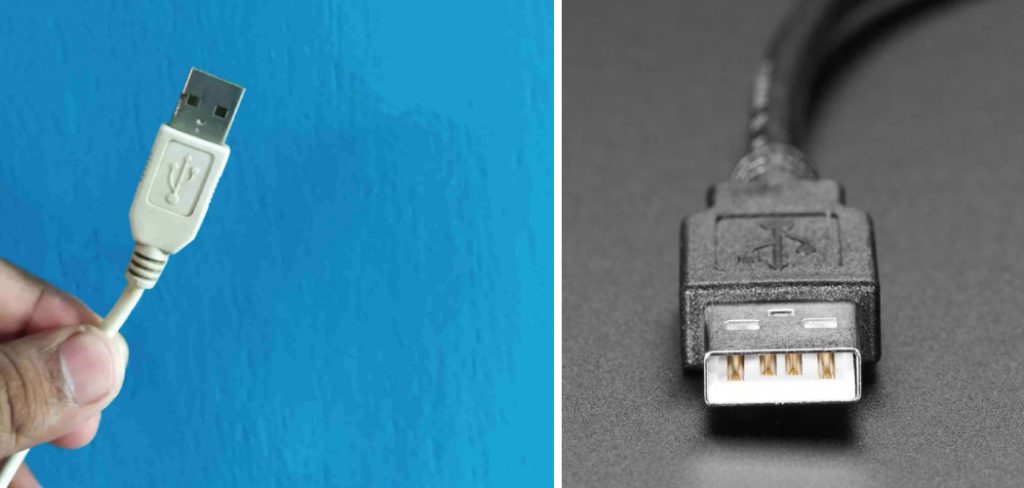
A bent USB cable can be frustrating, hindering your ability to charge devices or transfer data effectively. This common problem often arises from improper handling, leading to kinks or bends in the cable that can compromise its functionality.
Fortunately, there are several methods on how to fix bent USB cable, which can save you the cost of purchasing a replacement. In this guide, we will explore various techniques to straighten and reinforce your bent USB cables, ensuring they remain reliable for your everyday needs.
What are the Causes of Bent USB Cables?
Bent USB cables can occur for several reasons, including:
- Frequent bending or twisting
- Pulling or yanking the cable instead of holding onto the connector
- Improper storage, such as tightly wrapping the cable around a device or coiling it too tightly
- Exposure to extreme temperatures or moisture
If your bent USB cable is still functional, you may be able to fix it with some simple techniques. However, if the damage is severe or affects the internal wiring, it may be best to replace the cable altogether.
What Will You Need?
Before diving into the different methods of fixing a bent USB cable, having the proper tools on hand is essential. Here are some items you may need:
- Pliers or tweezers
- Electrical tape or heat shrink tubing
- A heat gun or hair dryer (optional)
- Super glue (optional)
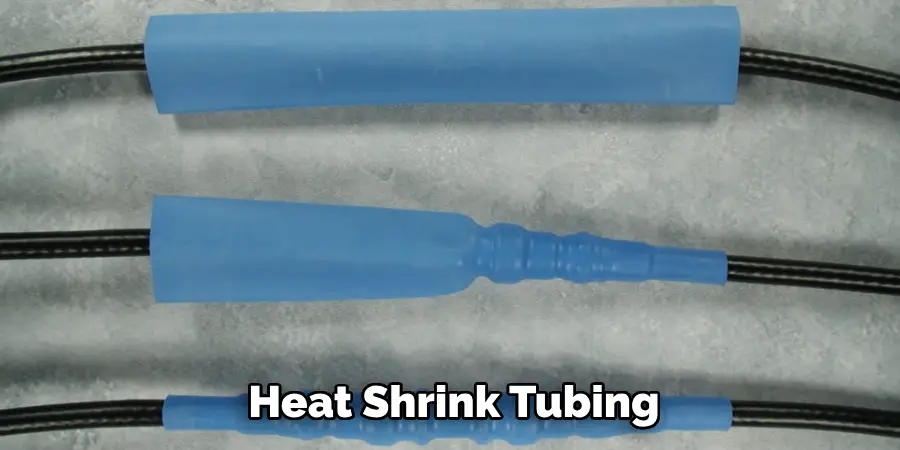
Once you have gathered all the necessary tools, it’s time to start.
10 Easy Steps on How to Fix Bent USB Cable
Step 1. Assess the Damage
Before attempting any repairs, it’s crucial to thoroughly assess the extent of the damage to your bent USB cable. Start by inspecting the connector and the cable for visible signs of wear and tear, such as fraying, exposed wires, or significant kinks. Gently bend the cable in various directions to determine if there are any internal breakages or if it’s merely a superficial bend.
If the cable still functions and can charge or transfer data, you may focus on straightening it. However, if you notice severe damage, such as exposed wires, avoiding using the cable altogether is advisable to prevent potential hazards. Proper assessment ensures that you identify the most effective repair approach while prioritizing safety.
Step 2. Straighten the Cable
Once you’ve assessed the damage and determined that the cable is salvageable, the next step is to straighten it carefully. Start by holding the cable at both ends and gently pull it straight while applying minimal pressure to avoid causing further damage. If you encounter any kinks or bends, use your fingers to press down gently and smooth out the cable.
For more stubborn bends, you can use pliers or tweezers to carefully reshape the affected area, but be cautious not to apply too much force, as this could worsen the situation. After straightening, ensure the cable is aligned correctly and free from any twists or kinks. This will improve the overall functionality and durability of your USB cable.
Step 3. Reinforce the Cable
After successfully straightening the bent USB cable, it’s important to reinforce it to prevent future damage. You can do this by wrapping electrical tape around the area where the bend occurred. Start a few inches above and below the affected section, and ensure you wrap it tightly, but not so tight that it constricts the cable.
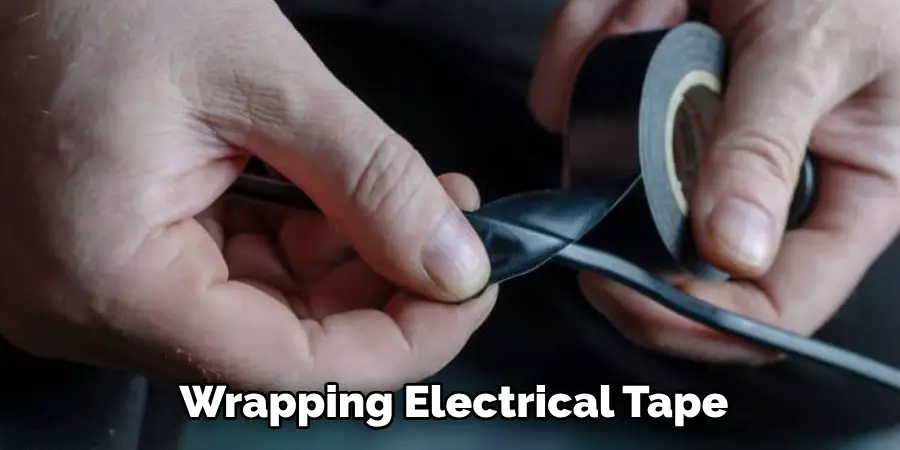
If you have heat-shrink tubing, consider cutting a piece to size and sliding it over the repaired area before applying heat to shrink it down. This will provide additional support and protection against future bends and frays. Reinforcement is a crucial step in extending the life of your USB cable and maintaining its reliable performance.
Step 4. Use Heat for Stubborn Bends
If there are particularly stubborn bends that resist straightening, applying gentle heat can help restore flexibility to the cable. Use a heat gun or hairdryer on a low setting, and carefully warm the bent area for a few seconds, keeping it at a safe distance to avoid overheating the plastic components.
Once heated, gently manipulate the cable back into its proper shape. The heat will soften the material, allowing for easier adjustments without causing damage. Let the cable cool in its straightened position to help maintain the new shape. This technique is particularly effective for reinforcing the cable’s integrity after repairs.
Step 5. Test the Cable
Once you have reinforced the bent area, it’s essential to test the cable to ensure it functions properly. Connect the USB cable to a power source or your device to check if it charges effectively or transfers data without interruptions. Observe for any signs of malfunction, such as intermittent connections or overheating, which could indicate that the repair wasn’t entirely successful.
If the cable works as intended, congratulations! You have effectively repaired your bent USB cable. However, if it does not perform well, you may need to reassess the damage or consider seeking a replacement. Regularly testing your cable’s functionality after repairs can help avoid potential issues.
Step 6. Secure Loose Connections
After testing the cable and confirming its functionality, it’s essential to ensure all connections are secure. Inspect the connector ends for any looseness, which can lead to ineffective charging or data transfer.
If you notice any play in the connectors, consider applying a small amount of super glue where the connector meets the cable, taking care only to use a minimal amount to avoid obstructing the connection. Allow the glue to cure fully before using the cable again. This step will help solidify the connection points and reduce the likelihood of future issues related to loose connections.
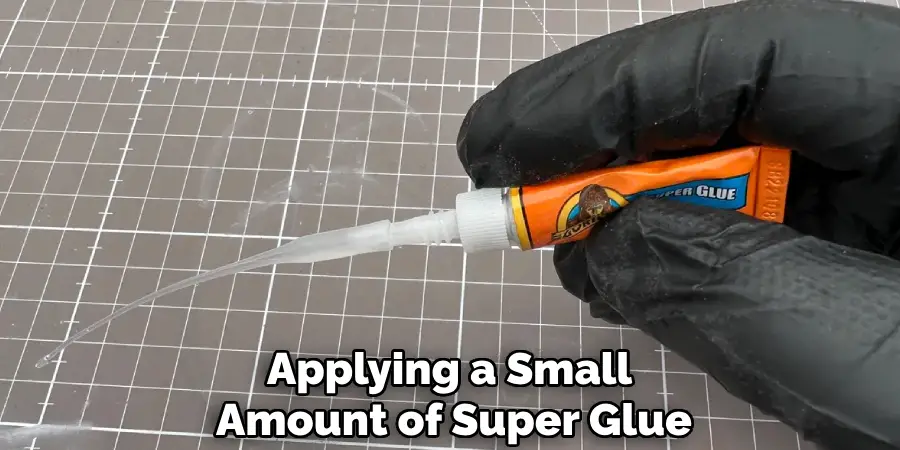
Step 7. Clean the Connectors
A crucial aspect of maintaining your USB cable is ensuring that the connectors are clean and free from debris. Dust, lint, and grime can build up over time, leading to poor electrical connections and inefficient performance. To gently clean the connectors, use a soft, dry cloth or a cotton swab to wipe away any visible dirt.
For stubborn residue, you can slightly dampen the cotton swab with isopropyl alcohol and carefully clean the surfaces of the connectors. Be sure to avoid getting any moisture inside the connector, as this could lead to further damage. Cleaning the connectors not only enhances functionality but also extends the lifespan of your USB cable by preventing potential connection issues.
Step 8. Store the Cable Properly
Proper storage of your USB cable can significantly prolong its lifespan and maintain its functionality. To avoid future bends and frays, consider coiling the cable gently without twisting or pulling it too tightly. You can use a cable organizer or a simple Velcro strap to keep it neatly bundled when not in use. I
f you need to transport the cable, store it in a padded pouch or a separate compartment in your bag to protect it from potential damage. Additionally, avoid placing heavy objects on top of the cable, as this can create stress points that may lead to damage. Adopting these storage practices helps ensure that your USB cable remains in optimal condition for future use.
Step 9. Replace If Necessary
Sometimes, despite your best efforts to repair and maintain your USB cable, it may still show signs of significant damage or dysfunction. If testing and cleaning do not resolve the issues, consider replacing the cable entirely. Look for frayed wires, damaged connectors, or internal performance problems.
A damaged cable can lead to ineffective charging or data transfer and potentially harm your devices. When selecting a replacement, choose a cable that meets your device’s specifications and ensures compatibility with any accessories you use. Investing in a quality USB cable will save you time and effort in the long run, providing reliable performance for your devices.
Step 10. Ensure Compatibility
When considering a replacement for your USB cable, it is crucial to ensure compatibility with your devices. USB cables come in various types, such as USB-A, USB-B, USB-C, and Micro USB, each serving different functions and device connections. Check the specifications of both the charging port and the cable to confirm they match.
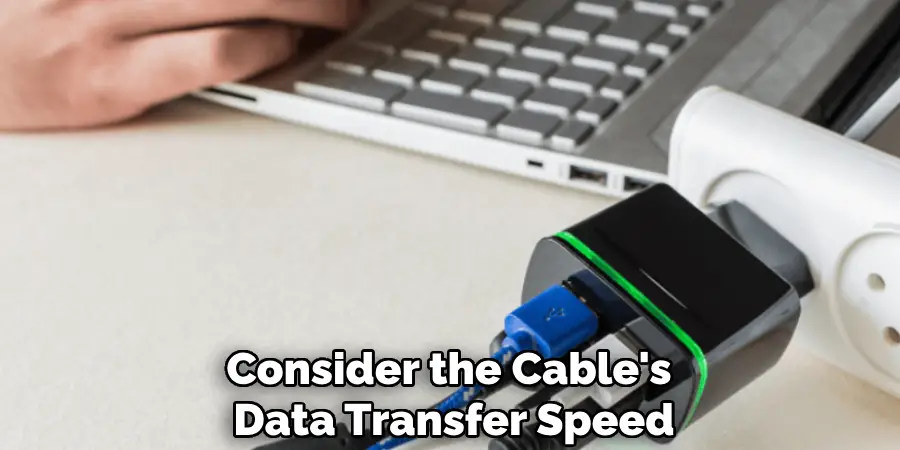
Additionally, consider the cable’s data transfer speed and power delivery capabilities to ensure optimal performance for your needs. Using the correct cable will enhance functionality and safeguard your devices against potential damage caused by improper connections. Investing time in researching the right replacement option will pay off in reliable usage and convenience in your daily activities.
By following these ten steps, you can effectively repair and maintain your bent USB cable, ensuring its functionality and longevity.
Conclusion
How to fix bent USB cable is not only a cost-effective solution but also a straightforward process that can significantly extend the cable’s lifespan.
You can restore functionality and prevent future issues by following the outlined steps, from assessing the damage to securely storing the cable. Regularly testing, cleaning, and ensuring compatibility with your devices also contribute to optimizing performance. If repair attempts do not yield satisfactory results, don’t hesitate to seek a replacement that meets your needs.
Ultimately, caring for your USB cable will enhance its reliability and ensure seamless connectivity for all your devices.

